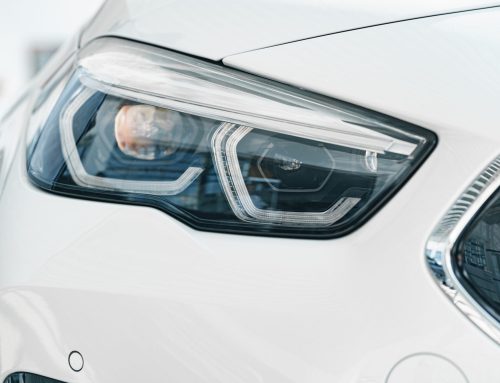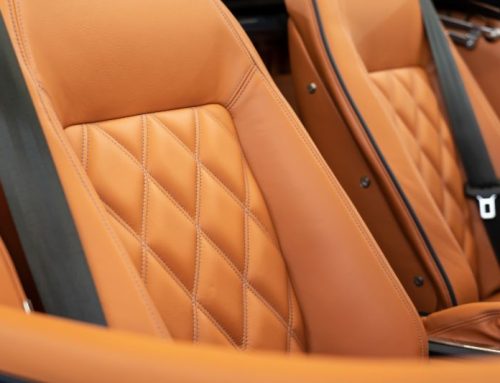High-speed rotary polisher
There are many benefits of using a high-speed rotary polisher for car paint restoration. The first is that it removes surface scratches and swirls. You can also use the polisher to remove oxidation from the paint. Oxidation is a result of paint reacting with oxygen in the air.
Buying a high-speed rotary polisher is the best investment you can make to restore the paint on your car. A good one should come with a three-year warranty, which will provide peace of mind for both you and your car. Many tools only have a one-year warranty, which is less than ideal for the pro or hobbyist. The warranty is essential if you’re planning to use the tool for large projects and need consistent results.
The rotating action of a rotary polisher creates more downward force and heat. A high-quality tool should have a paint thickness gauge, which will help you determine how much paint you’re removing. It’s best to buy a rotary polisher from a professional, as a good quality rotary polisher will give you the highest quality results. The best rotary polisher should come with a long warranty, which will give you more peace of mind and confidence.
The Milwaukee M18 cordless rotary polisher is the world’s first cordless rotary polisher. It offers the performance of a corded model, but is significantly lighter and easier to use. It also eliminates the risk of damaging the paint.
Toothpaste
Using toothpaste to restore car paint is a good way to remove minor scratches and blemishes. It acts as a light abrasive, and works well on soft surfaces. However, it is not recommended for use on hard surfaces like metal or glass. You should always work on a clean area first. You can also use a drill attachment to speed up the process. This will help you get a better finish and reduce the amount of work you have to do.
To apply toothpaste, you need a clean and dry surface. It works best on small scratches that have not penetrated the clear coat. It should also be applied in circular motions, so that it reaches all the cuts and scratches. Then, wipe it off with a soft cloth.
Use a whitening toothpaste that has less abrasives, as other types of toothpaste can cause further damage to the paint. Make sure you don’t use too much toothpaste, as this can make the scratch deeper. Always use a microfiber cloth that is clean and dry, so as to prevent the toothpaste from scratching the paint.
If you have a surface scratch, toothpaste will also work to remove it. Make sure you wash off any excess toothpaste. If the scratch is still visible, you may have to repeat the process again. If the toothpaste doesn’t remove the scratch completely, you may need to use a hose or microfiber towel. Don’t overdo it, though, as excess toothpaste can ruin the clear coat of the car’s paint.
Wax
When waxing your car, you’re actually doing more than simply protecting it. It will restore the shine of your car’s paint, as well as seal the finish. Besides bringing back the original shine, car wax will also protect the paint from future oxidation. The process of waxing a car can take several steps. First, you must wash it thoroughly. Once it’s clean, you should dry it thoroughly.
Wax comes in paste, liquid, and spray forms. For best results, buy the liquid or paste formula. The harder the wax, the better, because the harder wax will protect the paint better. The best wax is made of Carnauba wax. The P21S is the highest-quality wax, but it is also the most expensive. Another type of wax is dye wax, which is especially suitable for paintwork with fine scratches. This kind of wax contains a red dye in the mix, which fills in the fine cracks in the paint.
Waxing your car after washing it is one of the best ways to restore its shine and protect its paint. It can fill the tiny cracks in your car’s paint and add a glossy sheen to the surface. It can be made from beeswax, synthetic polymers, or a mixture of wax and protectants. To get the best results, you should apply wax at least twice a year.




